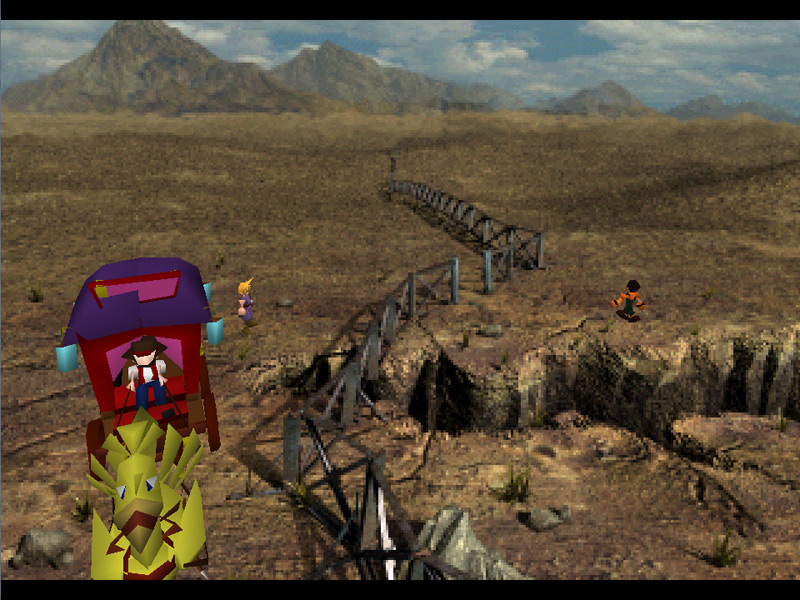

As a consequence, Al-Koni's narratives tend towards allegorical modes which highlight the radical complexity and simplicity of allegory.

The social and sacred desert ethic out of which Al-Koni's fiction is forged, strains at the form of the novel, the genre which constitutes and is constituted by an immanent, individual vision of the world. This conviction is articulated most powerfully through the symbol of the desert which inspires all of Al-Koni's work. Unlike environmental approaches which derive from the European Enlightenment of procedural rational disenchantment, human beings in Al-Koni's work are accorded a place in the sacred order which allows non-parasitic modes of existence within the framework of a sacred law. The novels to be considered are The Seven Veils of Seth, Anubis and The Bleeding of the Stone. An analysis of three of the most ecocritically pertinent of the novels in English translation suggests that the natural world is viewed through the lens of the mythical, encompassing the religious worlds of both Tuareg animism, as well as monotheism represented by Islam and early Christianity. This broadly comparative essay contrasts environmentalism in the fiction in English translation of the Libyan writer, Ibrahim al-Koni, with dominant trends in contemporary environmentalism.


 0 kommentar(er)
0 kommentar(er)
